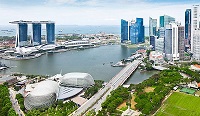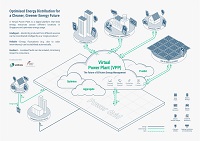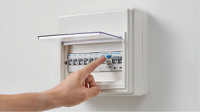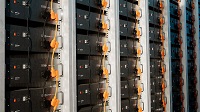First introduced in 2016, Demand Response is not something most people have heard of. But for businesses with large energy needs - like manufacturers, data centres and institutes of higher learning - it can be a powerful tool to manage costs and contribute to a more stable energy system.
The idea is simple: instead of generating more electricity to meet high demand, what if companies with flexible energy needs could adjust their consumption when prices are high or supply is tight?
That is exactly what Demand Response aims to achieve. During periods of high electricity demand or tight energy supply, participating companies voluntarily shift or reduce their electricity consumption. In exchange, they receive a share of the savings from the reduction in wholesale electricity prices due to lower demand.


















